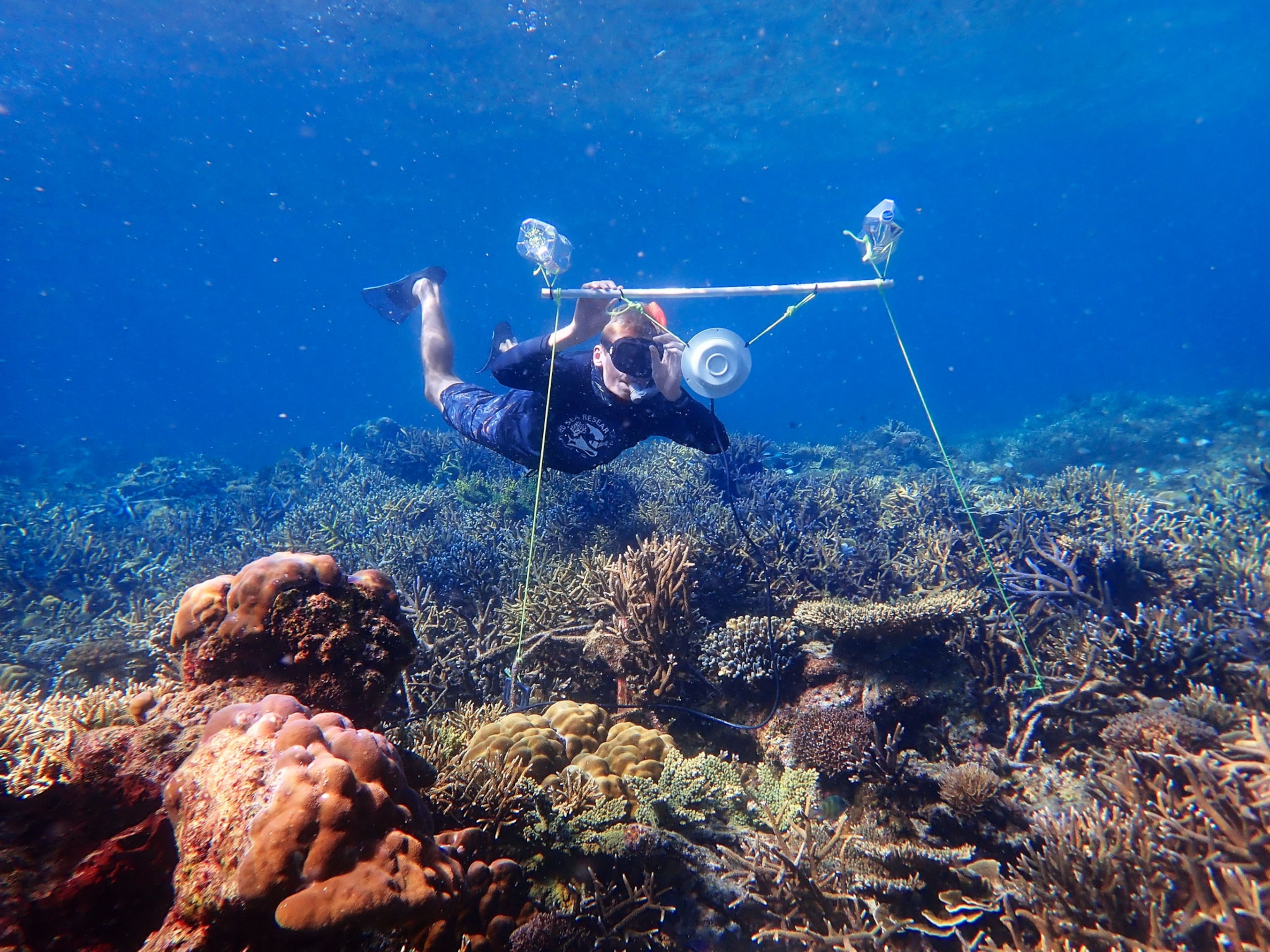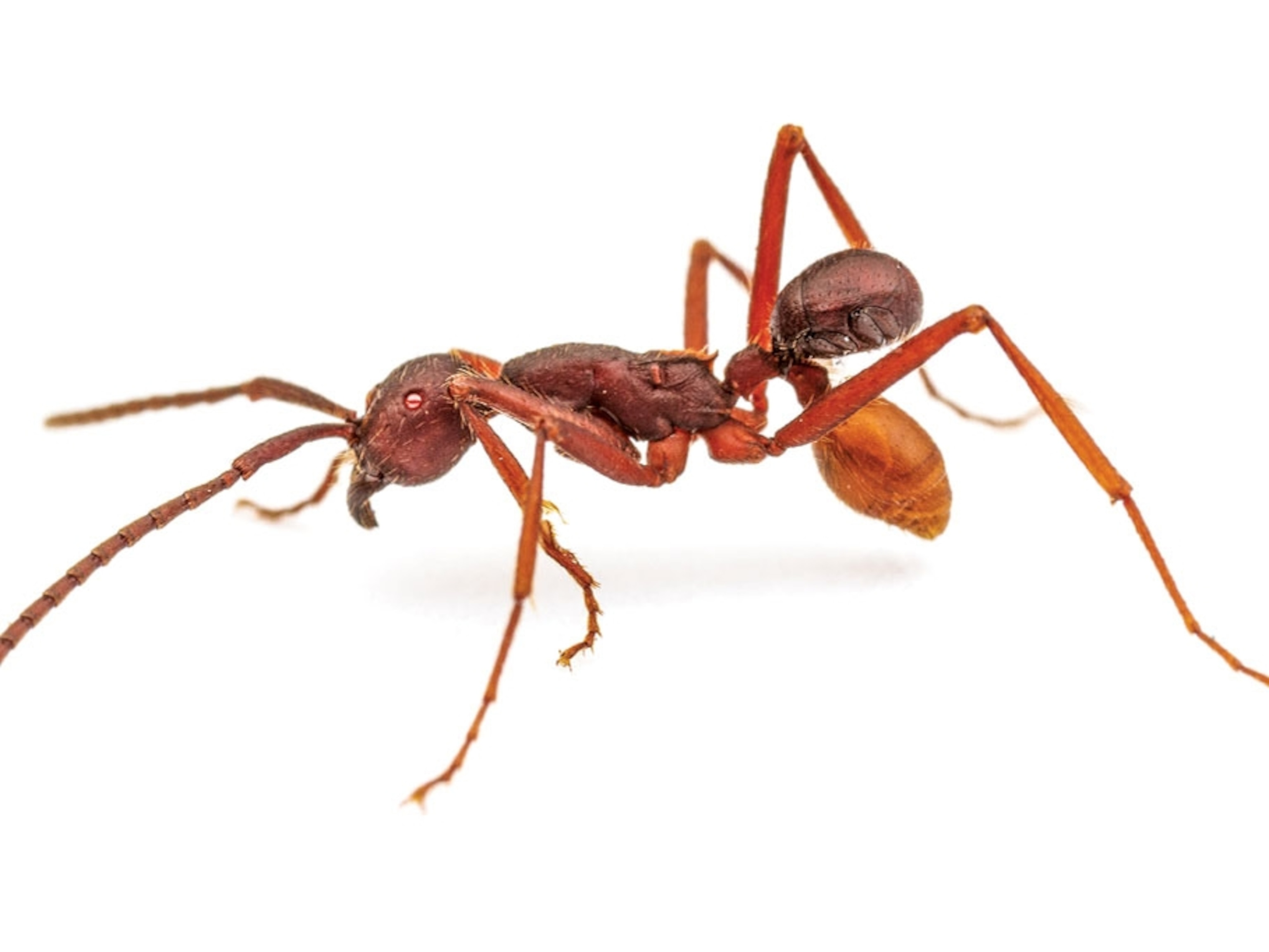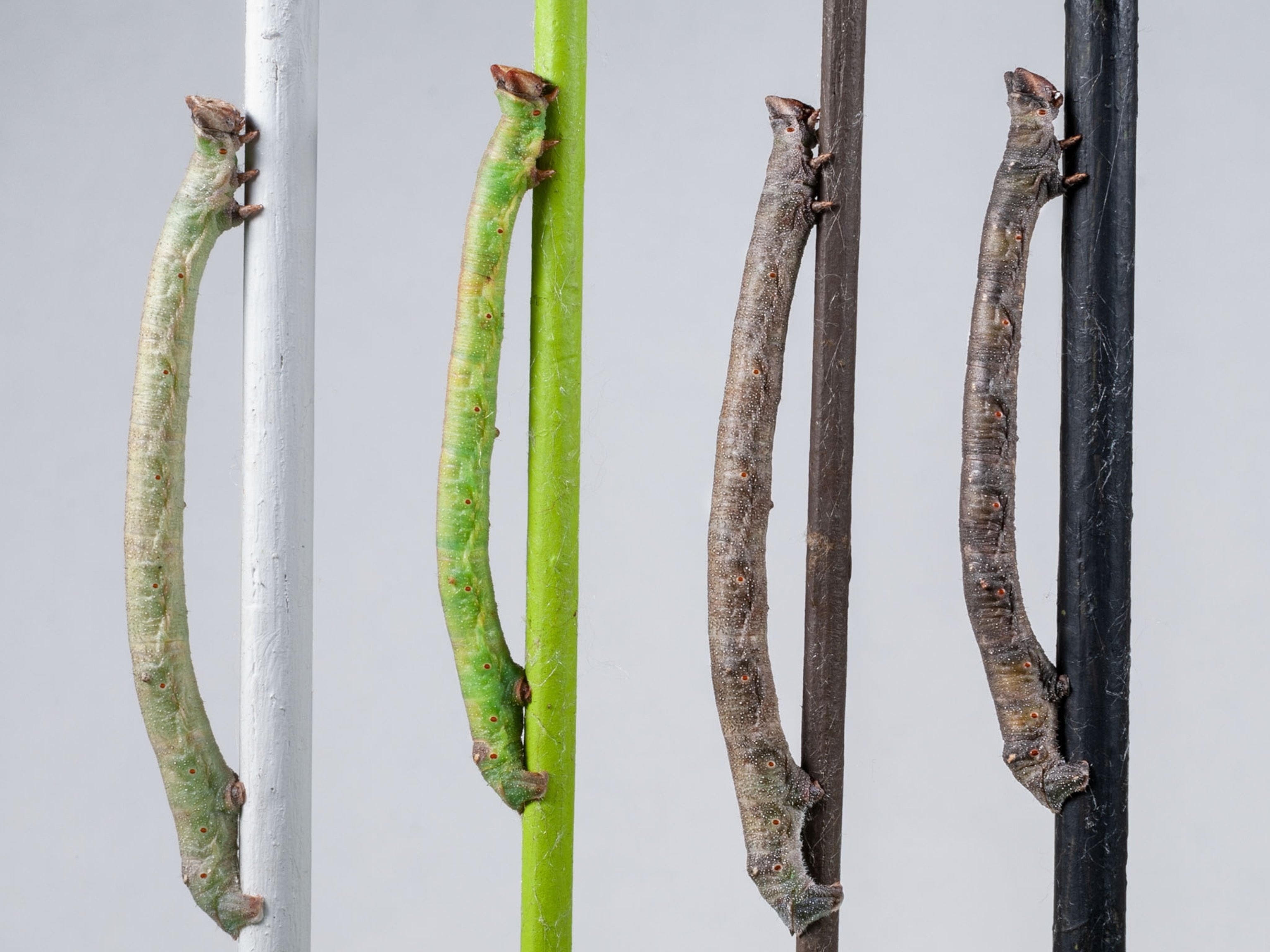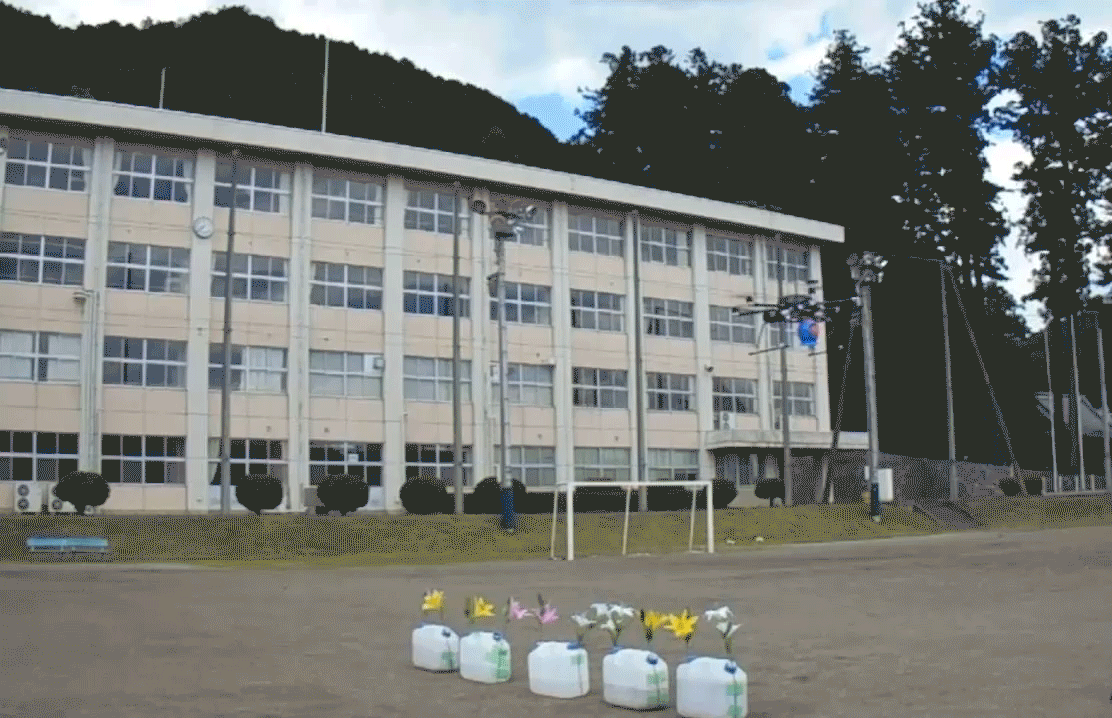
Delivering pollen to plants that need it, one way or the other
To compensate for the loss of bees and other pollinating insects, scientists are experimenting with substitutes—like a bubble-blowing drone.
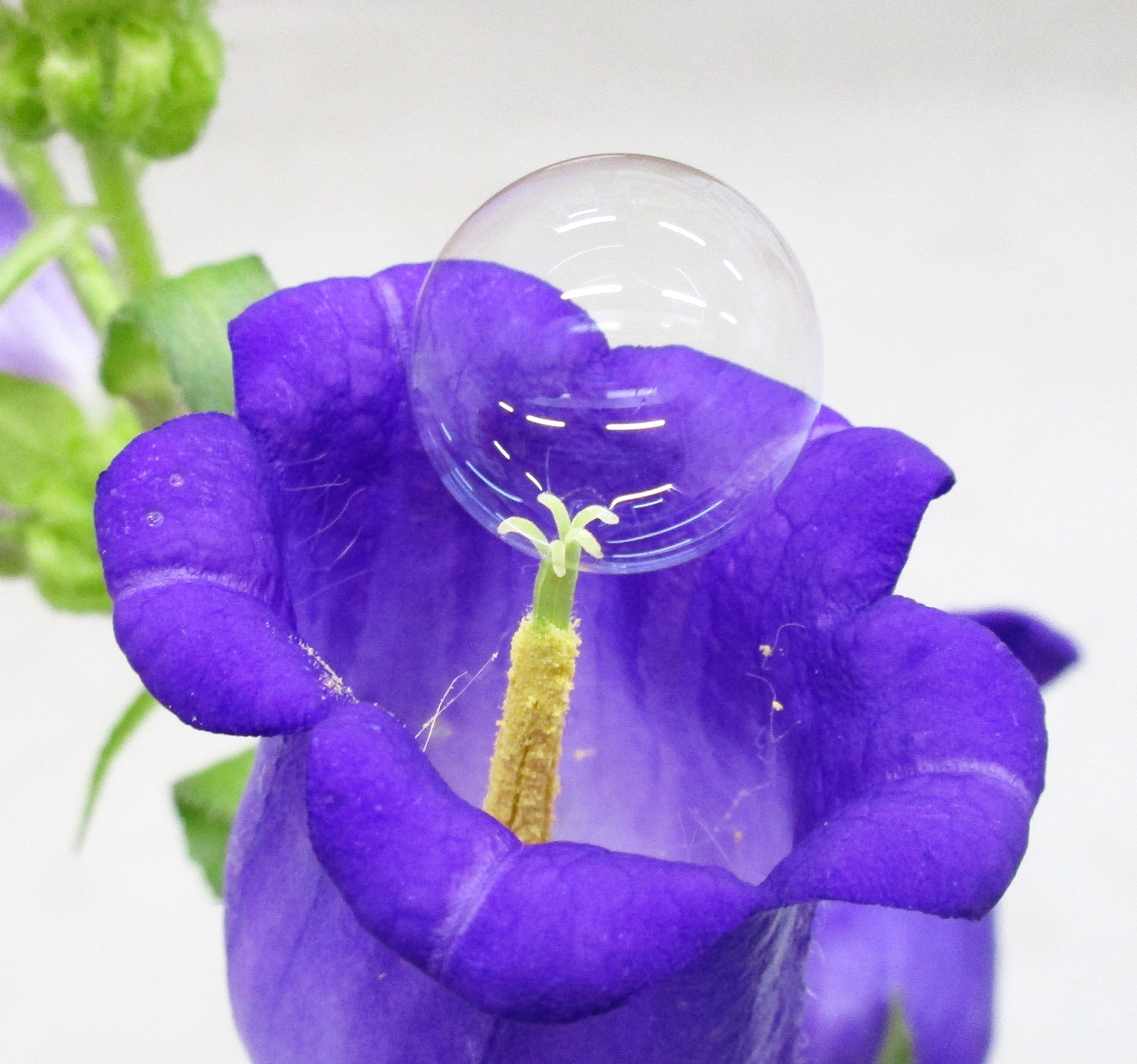
Pollen Special Delivery
As populations of bees and other natural pollinators diminish around the world, scientists are experimenting with high-tech replacements. One early attempt by a Japanese research group was a sticky-bottomed drone that could carry pollen among flowers just as a flying insect would—but when the propellers got too close, they damaged the plants. Now the same group has equipped drones with sprayers that release pollen-laden soap bubbles from a distance. In tests, pollinating pear trees with bubbles produced fruit almost as effectively as hand-pollinating (sometimes used to boost fruit trees’ yield). Some ecologists say that such high-tech efforts are misguided and distract from the more important need to conserve bees and other threatened pollinators. For now, the research group is forging ahead: Next steps include developing a more biodegradable soap solution for minimal environmental impact and improving the drone’s bubble-spraying accuracy.
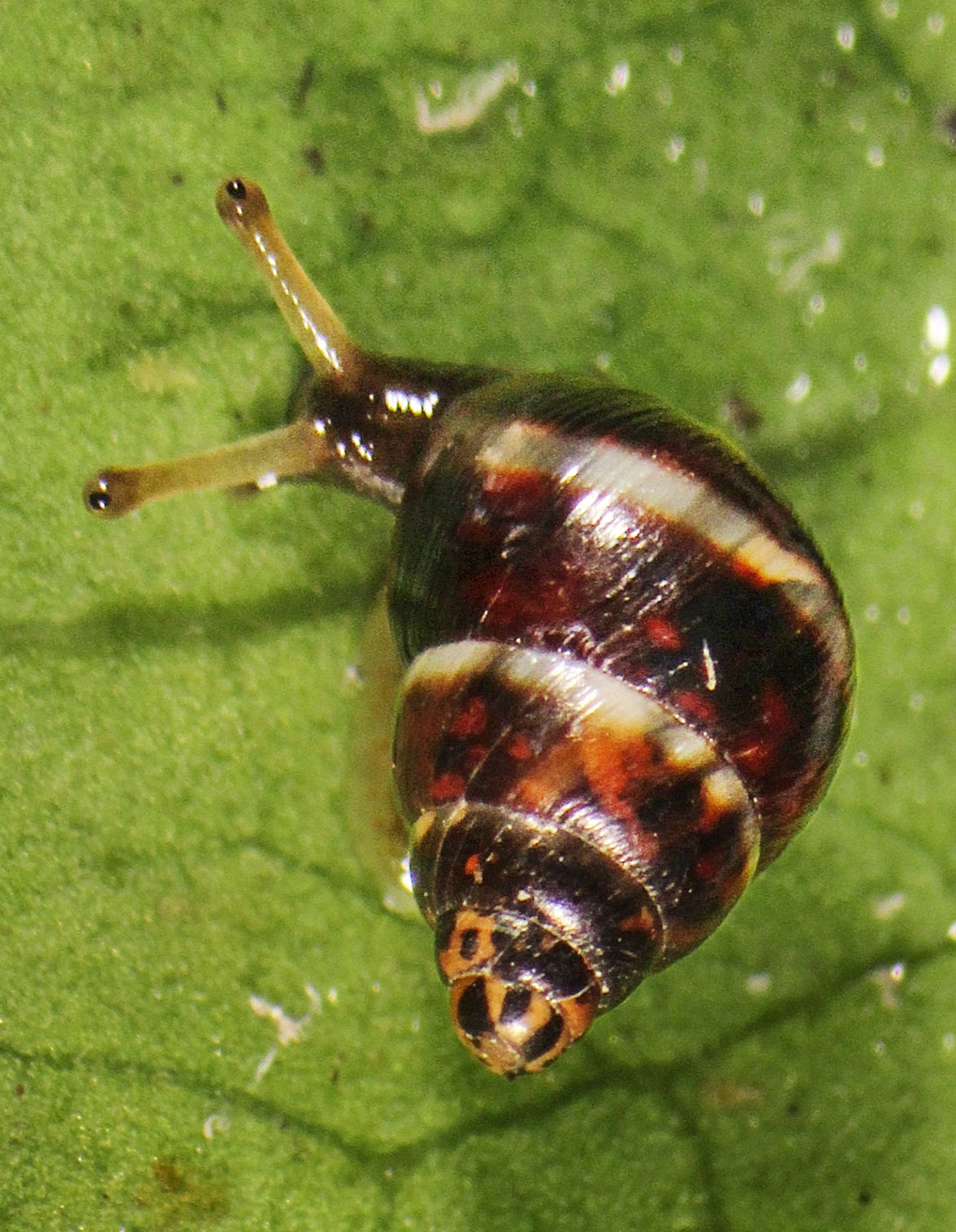
Hail, snail: New species discovered
For the first time in 60 years, scientists have identified a new native land snail species in Hawaii. Among Earth’s most threatened animals, land snails and slugs account for 40 percent of known animal species extinctions since 1500. Hawaii has lost snails to invasive predators and reduced habitat. Finding the striped-shelled Oahu tree snail Auriculella gagne orum is a glimmer of hope for these natural recyclers and the conservationists working to protect them.
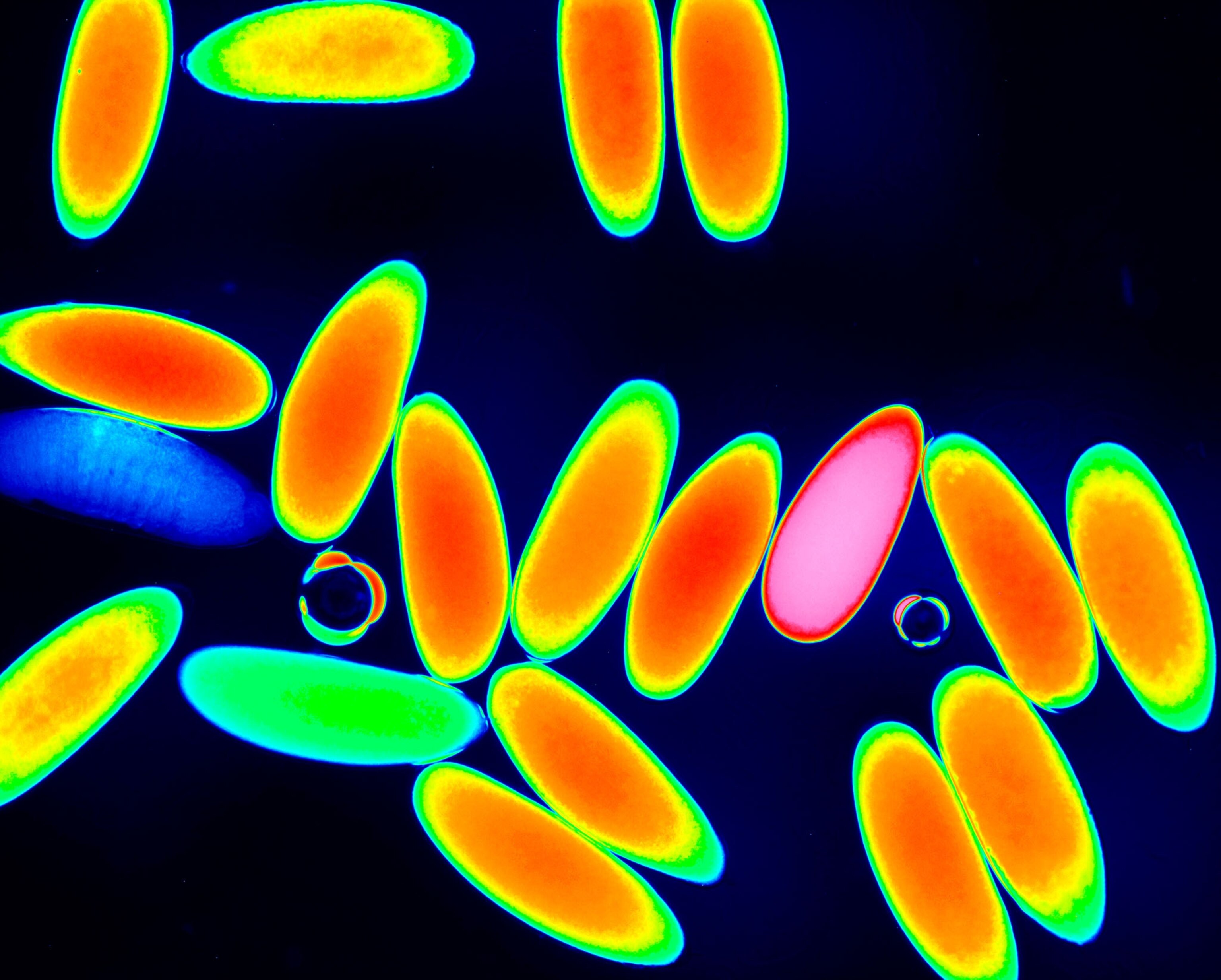
Tidying Up in Fly Cells
New research has identified a critical enzyme in fruit flies that destroys proteins inherited from the mother as the developing embryos (above) start to make their own. Researchers named the decluttering enzyme Marie Kondo, after the Japanese tidying guru who helps people discard things that no longer bring them joy.
